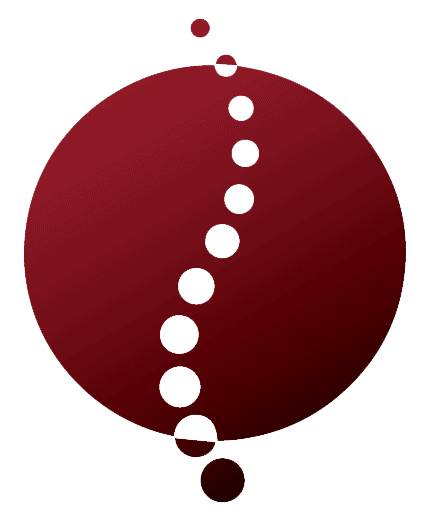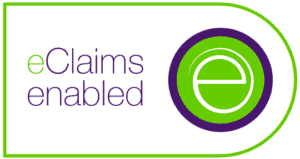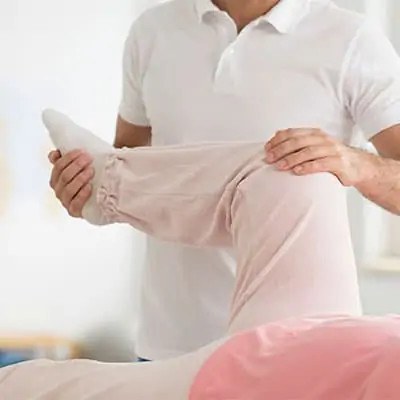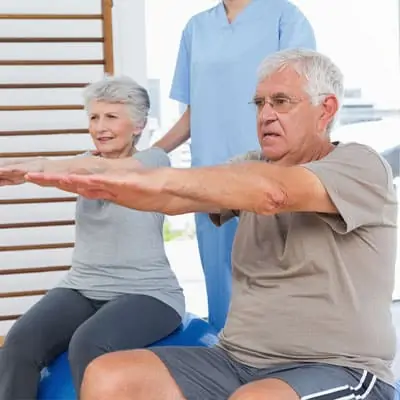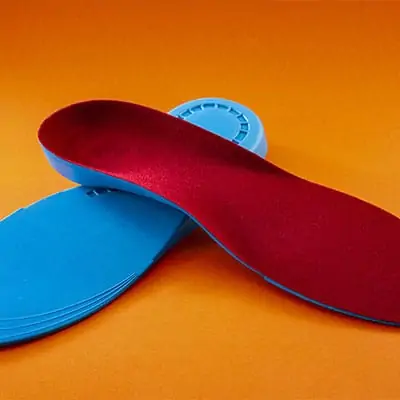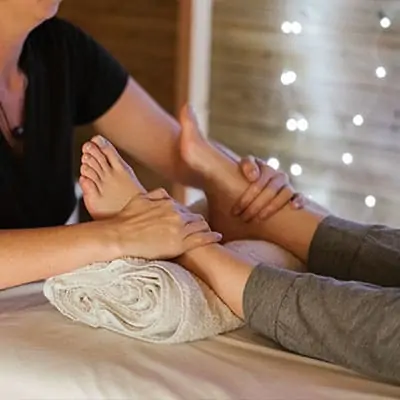Understanding Scoliosis
What is Scoliosis?
Scoliosis is a medical condition characterized by an abnormal lateral curvature of the spine. Instead of appearing straight when viewed from the front or back, a spine affected by scoliosis curves to the side, forming an “S” or “C” shape. This condition can occur at any age but is most commonly diagnosed during adolescence. Scoliosis can be classified into several types based on its cause, such as congenital, neuromuscular, idiopathic, and degenerative. For more detailed information on the different types, visit our article on scoliosis types.
| Scoliosis Type | Description |
|---|---|
| Idiopathic | No known cause, most common in adolescents |
| Congenital | Present at birth due to vertebral anomalies |
| Neuromuscular | Associated with conditions like cerebral palsy or muscular dystrophy |
| Degenerative | Occurs in adults due to wear and tear on the spine |
Impact of Scoliosis on Your Body
The impact of scoliosis on your body can vary depending on the severity of the curvature and the age of onset. Common symptoms include uneven shoulders, an uneven waist, or one hip higher than the other. In severe cases, scoliosis can cause pain, respiratory issues, and limited mobility. For a deeper understanding of the symptoms, check out our article on scoliosis symptoms.
| Symptom | Description |
|---|---|
| Pain | Back pain, especially in adults |
| Asymmetry | Uneven shoulders, hips, or waist |
| Limited Mobility | Reduced range of motion in the spine |
| Respiratory Issues | Difficulty breathing due to rib cage deformity |
Scoliosis can also affect your quality of life by limiting physical activities and causing emotional distress. Early diagnosis and treatment are crucial for managing the condition effectively. For more information on scoliosis diagnosis and scoliosis treatment, visit our detailed guides.
Understanding the basics of scoliosis is the first step in managing the condition. Massage therapy is one of the various treatments available that can help alleviate some of the symptoms associated with scoliosis. For more on how massage therapy can be beneficial, continue reading our section on scoliosis massage therapy.
Exploring Massage Therapy for Scoliosis
Massage therapy can be a beneficial addition to your scoliosis treatment plan. Understanding how it works and the benefits it offers can help you decide if it’s the right option for you.
How Massage Therapy Can Help
Massage therapy involves the manipulation of muscles and soft tissues to improve circulation, reduce tension, and promote relaxation. For scoliosis patients, massage therapy can provide several specific advantages:
- Pain Relief: By targeting the muscles around the spine, massage can help alleviate the chronic pain often associated with scoliosis.
- Improved Flexibility: Regular massage can help increase the flexibility of muscles, reducing stiffness and promoting a greater range of motion.
- Reduced Muscle Spasms: Massaging the affected areas can decrease the frequency and intensity of muscle spasms.
- Enhanced Blood Flow: Improved circulation can aid in the healing process and reduce inflammation.
Benefits of Massage Therapy for Scoliosis
The benefits of scoliosis massage therapy extend beyond immediate pain relief. Here’s a closer look at how regular sessions can positively impact your condition:
| Benefit | Description |
|---|---|
| Pain Reduction | Regular massage can help manage the chronic pain associated with scoliosis. By relieving muscle tension and reducing spasms, you may experience less discomfort in your daily life. |
| Enhanced Mobility | Increased flexibility and a greater range of motion can make it easier to perform everyday activities and exercises. |
| Stress Relief | Massage therapy promotes relaxation, which can help reduce the stress and anxiety that often accompany chronic pain conditions. |
| Posture Improvement | By targeting and relaxing tight muscles, massage can help improve your posture, which is crucial for managing scoliosis effectively. |
| Better Sleep | Reduced pain and stress can contribute to better sleep quality, giving your body the rest it needs to heal and function optimally. |
Incorporating massage therapy into your scoliosis treatment plan can provide these benefits and more. For additional treatment options, explore our articles on scoliosis exercises and scoliosis physical therapy.
For a comprehensive approach to managing scoliosis, it’s important to consider various therapies and how they can work together to improve your quality of life. Always consult with your healthcare provider to determine the best treatment plan for your specific condition.
Types of Massage Techniques
When considering massage therapy for scoliosis, it’s important to understand the different techniques available. Each method offers unique benefits that can help alleviate symptoms and improve your overall well-being.
Swedish Massage
Swedish massage is one of the most common types of massage therapy. This technique involves long, gliding strokes, kneading, and circular movements on the topmost layers of muscles. For those with scoliosis, Swedish massage can help improve blood circulation, reduce muscle tension, and promote relaxation.
Benefits of Swedish Massage for Scoliosis:
- Improved circulation
- Reduced muscle tension
- Enhanced relaxation
Deep Tissue Massage
Deep tissue massage targets the deeper layers of muscle and connective tissue. This technique uses slower strokes and more intense pressure to reach deeper muscle groups. For individuals with scoliosis, deep tissue massage can help alleviate chronic muscle pain, reduce inflammation, and improve mobility.
Benefits of Deep Tissue Massage for Scoliosis:
- Alleviates chronic muscle pain
- Reduces inflammation
- Improves mobility
Myofascial Release
Myofascial release focuses on relieving tension in the connective tissues (fascia) that surround and support muscles. This technique involves applying gentle, sustained pressure to the fascia to release tightness and improve flexibility. For those with scoliosis, myofascial release can help reduce pain, increase range of motion, and improve posture.
Benefits of Myofascial Release for Scoliosis:
- Reduces pain
- Increases range of motion
- Improves posture
Understanding these massage techniques can help you choose the best approach for your scoliosis treatment. For more information on integrating massage therapy with other treatments, visit our article on scoliosis treatment. Additionally, consider reading about scoliosis physical therapy to explore other complementary therapies.
| Massage Technique | Benefits |
|---|---|
| Swedish Massage | Improved circulation, Reduced muscle tension, Enhanced relaxation |
| Deep Tissue Massage | Alleviates chronic muscle pain, Reduces inflammation, Improves mobility |
| Myofascial Release | Reduces pain, Increases range of motion, Improves posture |
Incorporating these massage techniques into your scoliosis management plan can provide significant relief and enhance your overall quality of life. For more self-care tips, check out our article on scoliosis exercises.
Finding a Qualified Massage Therapist
When seeking scoliosis massage therapy, finding the right therapist is crucial for effective treatment. Here are some key factors to consider.
Credentials to Look For
When choosing a massage therapist, it’s important to verify their credentials to ensure they are qualified to treat scoliosis. Look for the following:
- Licensing: Ensure the therapist is licensed to practice in your state.
- Certification: Look for certifications from reputable organizations, such as the National Certification Board for Therapeutic Massage and Bodywork (NCBTMB).
- Specialization: Check if the therapist has specialized training in scoliosis massage therapy or other relevant areas, such as orthopedic or medical massage.
| Credential | Importance |
|---|---|
| State License | Mandatory for legal practice |
| NCBTMB Certification | Ensures adherence to high standards |
| Specialization in Scoliosis Therapy | Indicates focused expertise |
Questions to Ask When Choosing a Therapist
To find a therapist who is the right fit for your needs, consider asking the following questions:
- Experience: How many years have you been practicing massage therapy?
- Specialization: Do you have experience treating clients with scoliosis?
- Techniques: What specific massage techniques do you use for scoliosis?
- Consultation: Do you offer an initial consultation to discuss my condition and treatment plan?
- Continuing Education: Do you participate in ongoing education to stay updated on the latest techniques and research?
For more information on scoliosis and related treatments, explore our articles on scoliosis diagnosis and scoliosis physical therapy.
By carefully evaluating the credentials and asking the right questions, you can find a qualified massage therapist who can help alleviate the symptoms of scoliosis and improve your quality of life.
Incorporating Massage Therapy into Your Treatment Plan
Integrating Massage with Other Therapies
Integrating massage therapy with other treatments can significantly enhance your overall scoliosis management plan. Combining different therapies can address various symptoms and improve your quality of life. Here are some common therapies that complement scoliosis massage therapy:
- Physical Therapy: Regular sessions with a physical therapist can help strengthen your core muscles and improve posture. Learn more about scoliosis physical therapy.
- Chiropractic Care: Chiropractors can perform spinal adjustments to alleviate pain and improve mobility. Discover more about scoliosis alternative treatments.
- Exercise Programs: Specific exercises, such as those outlined in scoliosis exercises, can help maintain flexibility and strength.
- Bracing: Wearing a scoliosis brace can prevent further curvature progression, especially in children and adolescents.
These therapies, when used in conjunction with massage therapy, can provide comprehensive care for scoliosis.
Frequency and Duration of Massage Sessions
The frequency and duration of your massage therapy sessions can vary based on the severity of your scoliosis and your response to treatment. It’s essential to work with your healthcare provider to determine an appropriate schedule. Here are some general guidelines:
| Severity of Scoliosis | Frequency of Sessions | Duration of Each Session |
|---|---|---|
| Mild | Once a week | 30 – 60 minutes |
| Moderate | Twice a week | 60 – 90 minutes |
| Severe | Three times a week | 90 minutes |
For individuals with mild scoliosis, weekly sessions may suffice. Those with moderate scoliosis might benefit from bi-weekly sessions, while severe cases often require more frequent visits. Each session typically lasts between 30 to 90 minutes, depending on your needs.
Incorporating massage therapy into your treatment plan can offer significant relief from scoliosis symptoms. By combining it with other therapies and following a consistent schedule, you can manage your condition more effectively. For more tips on managing scoliosis, explore our articles on scoliosis management and scoliosis pain.
Self-Care Tips for Scoliosis
Managing scoliosis involves more than just medical treatments. Self-care practices play a critical role in enhancing your quality of life and alleviating discomfort. Here are some effective self-care tips to help you manage scoliosis.
Stretching Exercises
Regular stretching exercises can improve flexibility and reduce muscle tension, which is essential for individuals with scoliosis. Engaging in a consistent stretching routine can help you maintain mobility and reduce pain. Here are some recommended stretching exercises:
- Cat-Cow Stretch: Increases spine flexibility.
- Child’s Pose: Stretches the lower back and hips.
- Thoracic Extension: Improves upper back mobility.
For more detailed exercise routines, visit our guide on scoliosis exercises.
| Exercise | Target Area | Frequency (per week) |
|---|---|---|
| Cat-Cow Stretch | Spine | 3-4 times |
| Child’s Pose | Lower Back, Hips | Daily |
| Thoracic Extension | Upper Back | 3-4 times |
Posture Awareness
Maintaining good posture is crucial for managing scoliosis. Poor posture can exacerbate spinal curvature and lead to increased pain. Here are some tips for improving posture:
- Sit with a Straight Back: Ensure your back is straight and shoulders are back.
- Use Ergonomic Furniture: Chairs and desks that support proper alignment.
- Frequent Breaks: Stand and stretch regularly if sitting for long periods.
Being mindful of your posture throughout the day can significantly impact your overall comfort and health. For more tips, visit our article on scoliosis management.
Home Care Practices
Incorporating simple home care practices into your routine can help manage scoliosis symptoms and improve your well-being. Here are some suggestions:
- Heat Therapy: Applying a heating pad to relieve muscle tension.
- Cold Therapy: Using ice packs to reduce inflammation and pain.
- Supportive Sleep Environment: Sleeping on a firm mattress and using supportive pillows.
These practices can be seamlessly integrated into your daily routine, providing relief and promoting spinal health. Check out our tips on scoliosis natural remedies for more home care ideas.
By incorporating these self-care tips into your daily routine, you can better manage your scoliosis and improve your overall quality of life. Remember to consult with your healthcare provider before starting any new exercise or self-care regimen. For more information on scoliosis and its treatments, visit our comprehensive guide on scoliosis treatment.
